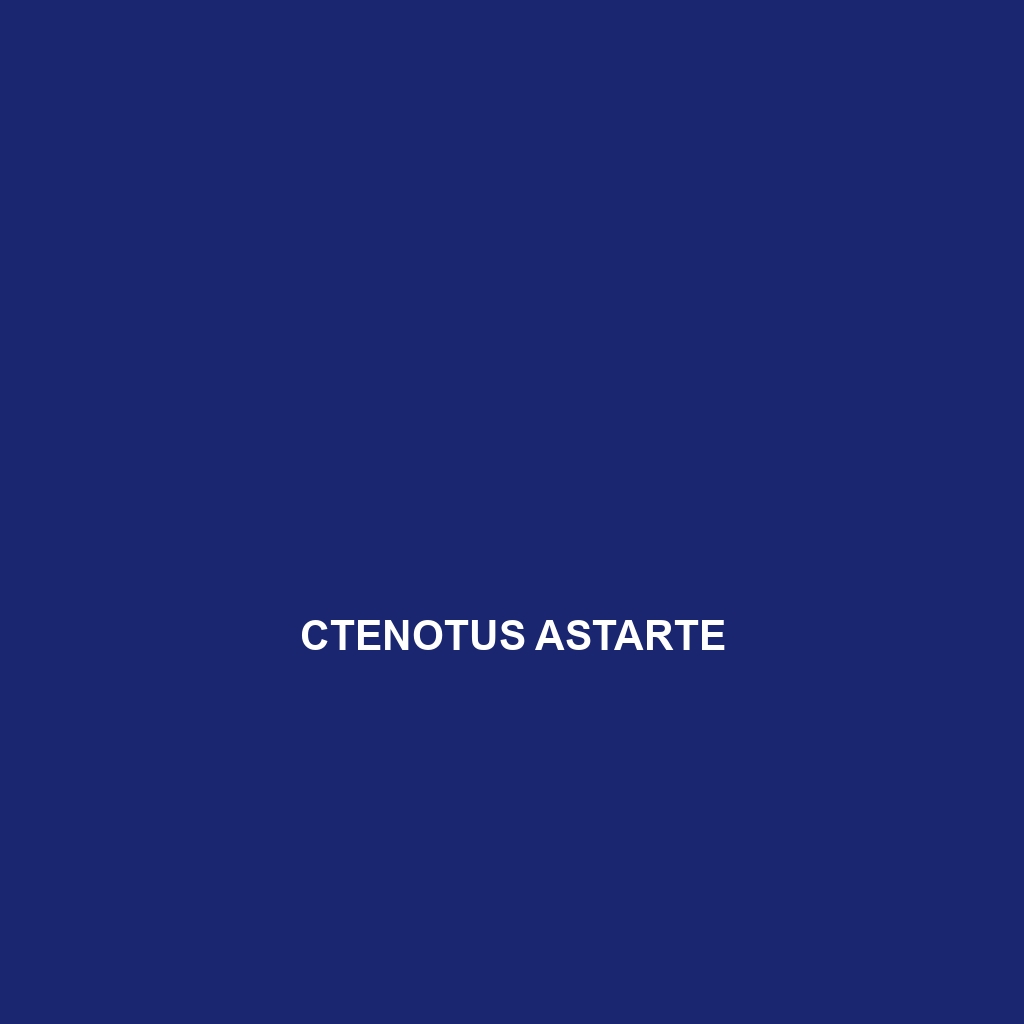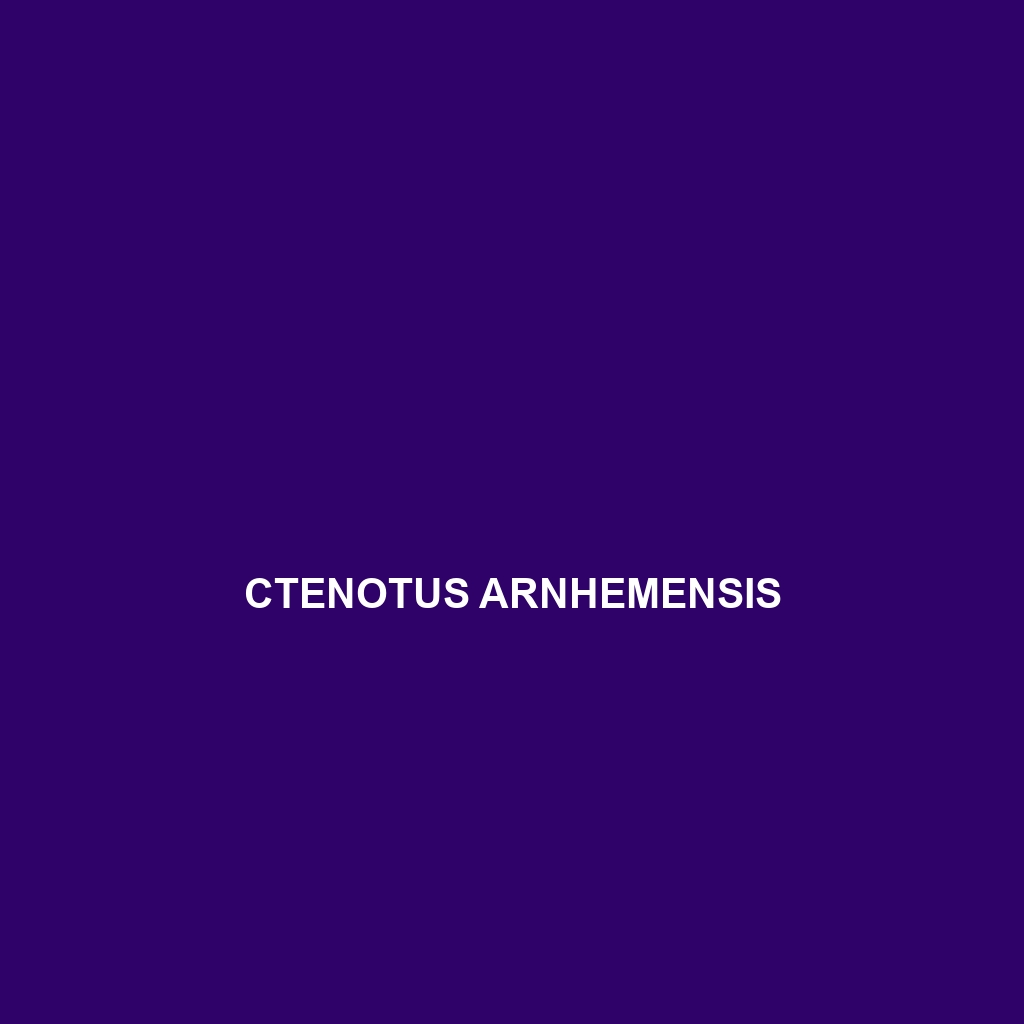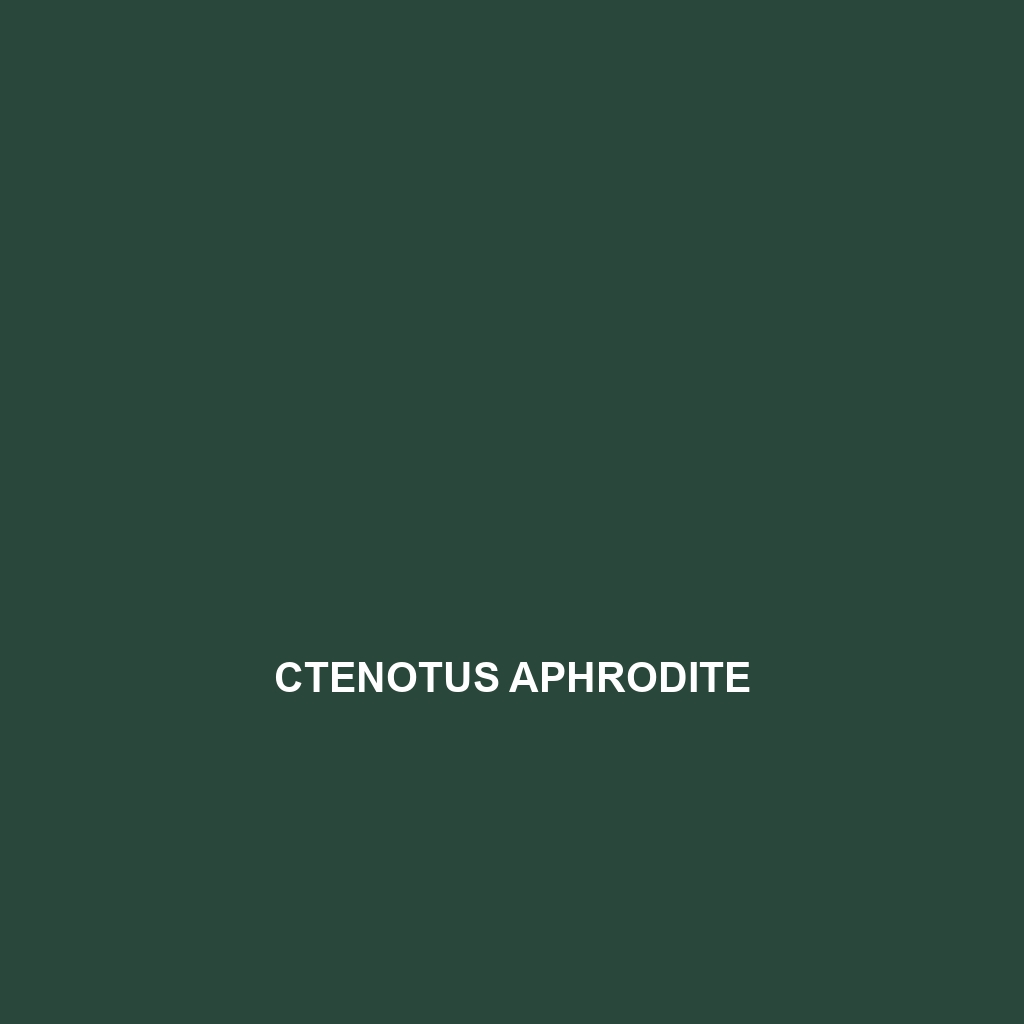Ctenotus mastigura is a medium-sized skink native to the arid regions of Australia, recognized for its striking brown, grey, and yellow coloration, agile movement, and insectivorous diet. This resilient species plays a vital role in its ecosystem by controlling insect populations and serving as prey for larger animals.</p>
Tag: Ctenotus
Ctenotus lateralis
Ctenotus lateralis, or the lateral skink, is a diurnal, insectivorous lizard found in the dry regions of southeastern Australia, measuring 10 to 15 cm in length and characterized by its elongated body and distinctive brown to gray coloration with darker stripes. As a vital part of its ecosystem, it helps control insect populations while showcasing remarkable tail regeneration abilities.
Ctenotus leae
Ctenotus leae, commonly known as the Leaf Skink, is a slender, agile lizard native to Australia’s arid regions, characterized by its smooth scales, pale stripes, and a diet primarily consisting of small insects. This diurnal skink plays a crucial role in its ecosystem by controlling pest populations and serving as prey for larger predators.
Ctenotus kurnbudj
Ctenotus kurnbudj, commonly known as the Kurnbudj skink, is a slender reptile from arid Australia, measuring 10 to 13 cm long with distinctive dark striping and a vibrant blue-green underside. This active, diurnal species plays a vital ecological role as a predator of small invertebrates and engages in unique social behaviors during mating.
Ctenotus helenae
Discover the fascinating Ctenotus helenae, a slender lizard native to Australia's sandy deserts and scrublands, known for its cryptic coloration and rapid movements. This insectivorous species plays a crucial role in its ecosystem, aiding in pest control and soil aeration while thriving in solitary habitats.
Ctenotus delli
Discover the captivating Ctenotus delli, a slender, diurnal lizard native to Australia’s arid regions, known for its sandy brown to olive coloration and effective camouflage. This insectivorous species plays a vital role in its ecosystem by regulating insect populations and serves as prey for larger predators, reflecting a healthy habitat.
Ctenotus astarte
Discover the Ctenotus astarte, a medium-sized skink native to southeastern Australia, known for its vibrant coloration and distinctive striped pattern. Thriving in open woodlands and grasslands, this diurnal species plays a vital role in its ecosystem by controlling insect populations and serving as prey for larger animals.
Ctenotus arnhemensis
Ctenotus arnhemensis, commonly found in northern Australia's Arnhem Land, is a diurnal lizard known for its smooth, elongated body and striking coloration. This insectivore thrives in tropical habitats and plays a vital role in maintaining ecological balance as both a predator and prey.</p>
Ctenotus aphrodite
Ctenotus aphrodite The Ctenotus aphrodite, commonly known as the Aphrodite Skink, is a diurnal lizard native to arid regions of eastern and southern Australia, featuring earthy brown and grey coloration for effective camouflage. This agile predator primarily feeds on insects and plays a crucial role in maintaining ecological balance as both a predator and prey.</p>
Ctenotus angusticeps
Discover the Ctenotus angusticeps, a slender skink native to Australia's arid regions, characterized by its light brown to grey coloration with dark stripes and a diet primarily consisting of small insects. This diurnal reptile plays a vital role in its ecosystem by controlling insect populations and serves as prey for larger animals, making it a fascinating species for wildlife enthusiasts.








